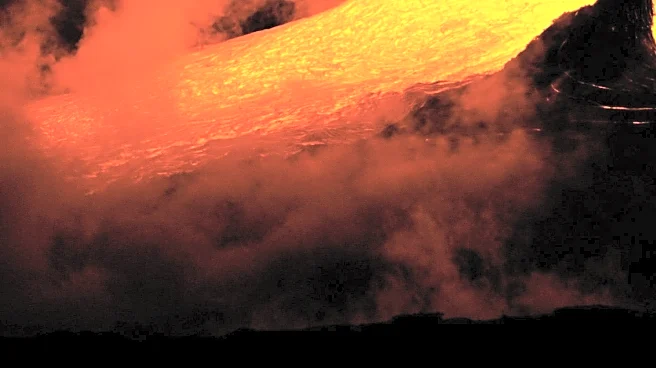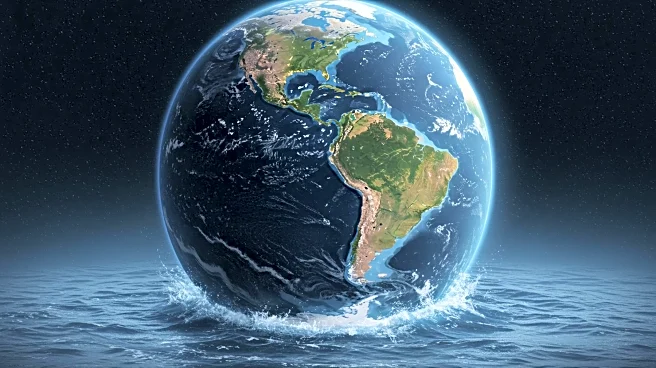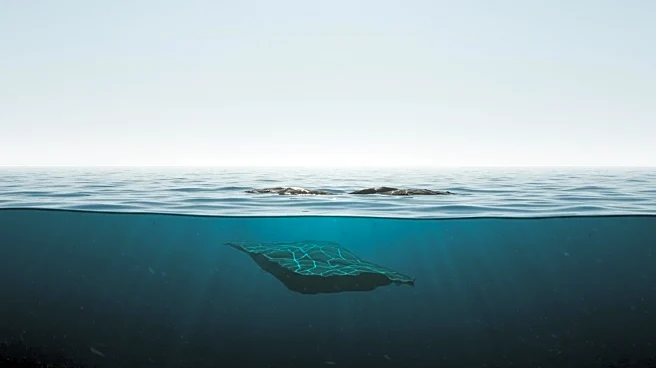What's Happening?
Hawaii's Kilauea volcano has resumed its eruptive activity, marking the 31st time since December. The eruption, which began on Friday, saw lava shooting 100 feet into the air from the summit crater. This event is part of a series of eruptions that have been occurring since December, with lava fountains reaching heights of over 1,000 feet in some instances. The eruption is contained within the summit crater, posing no immediate threat to homes. The Hawaiian Volcano Observatory has been monitoring the situation, noting that magma is being pushed to the surface through narrow vents, creating spectacular lava fountains. The eruption has attracted visitors to Hawaii Volcanoes National Park, where they can witness the natural spectacle firsthand.
Why It's Important?
The ongoing eruptions of Kilauea have significant implications for Hawaii's tourism industry and cultural heritage. The eruptions draw tourists to the island, boosting local businesses and the economy. However, they also pose risks, such as volcanic gases and unstable terrain, which can be hazardous to visitors. Culturally, the eruptions are significant to Native Hawaiians, who view the volcano as the home of the goddess Pele. The eruptions provide a living connection to traditional stories and practices, as seen in the activities of local cultural practitioners who incorporate these events into their storytelling and rituals. The eruptions thus serve as both a tourist attraction and a cultural touchstone.
What's Next?
The future of Kilauea's eruptive activity remains uncertain. Scientists are monitoring the volcano closely, using sensors to predict potential changes in activity. The current eruption could continue for some time, or it might cease if the magma supply diminishes. Visitors to the park are advised to stay informed through alerts from the U.S. Geological Survey, as the duration of eruptions can be unpredictable. Park officials emphasize safety, urging visitors to remain on marked trails and be cautious of volcanic gases and unstable ground.
Beyond the Headlines
The eruptions of Kilauea highlight the intersection of natural phenomena and cultural heritage. For Native Hawaiians, the volcano is not just a geological feature but a sacred site imbued with spiritual significance. The eruptions offer an opportunity to engage with traditional narratives and practices, reinforcing cultural identity and continuity. This underscores the importance of respecting and preserving cultural sites and practices in the face of natural events.













